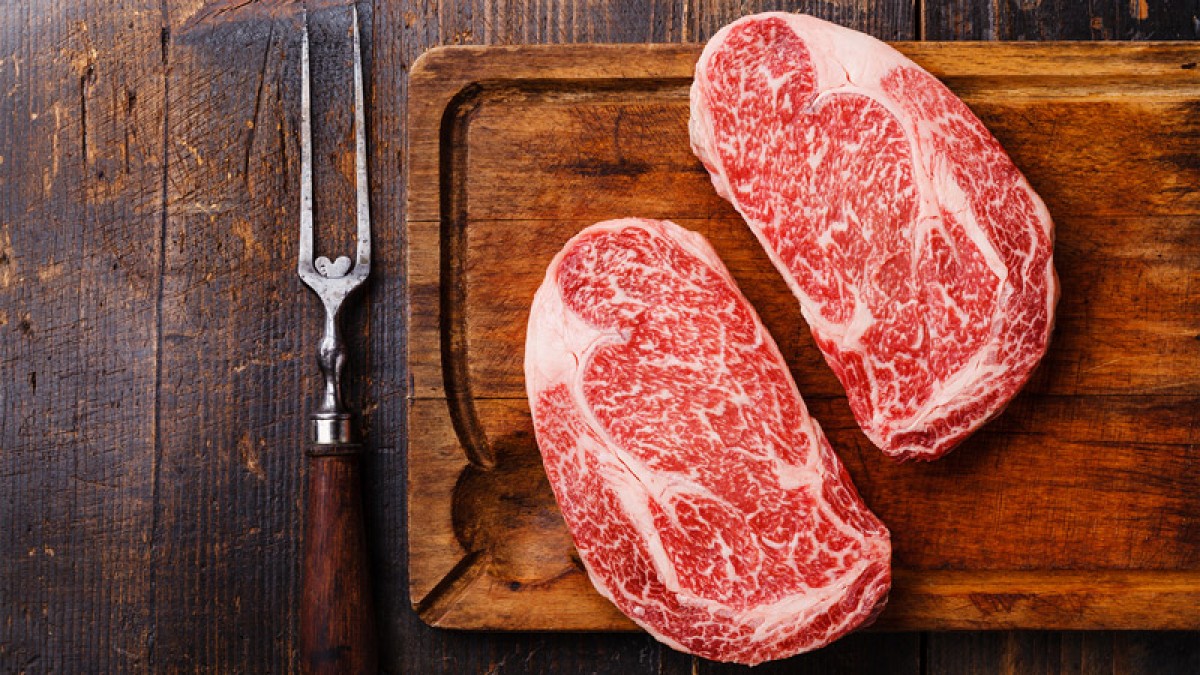While COVID-19 has dominated headlines over the past three years, it’s not the only pandemic we’ve been confronting.
From 1980 to 2022, the number of adults with diabetes worldwide rose dramatically, from 108 million people to an estimated 537 million. About 90 per cent of these individuals are affected by type two diabetes (T2D), which is characterised by insulin resistance and dysfunction of particular cells in the pancreas.
Although the causes of T2D are complex, many recent studies have focused on the role of iron in its development.
Isn’t iron a good thing?
Iron is an essential nutrient that’s crucial to several bodily processes.
It helps transport oxygen throughout the body, bolsters the immune system and supports enzymes that make the energy in food available for use by our bodies.
But it’s possible to have too much of a good thing, according to researchers at The Australian National University (ANU), who have been studying the link between consuming too much iron through food and conditions like T2D and pancreatitis.
Pancreatitis is a condition in which the pancreas is damaged by inflammation, often causing severe abdominal pain. Chronic pancreatitis results in pancreatic failure, with loss of normal digestive juice production and further islet injury — another cause of diabetes.
“High dietary iron may be a contributor to T2D and pancreatitis,” Professor Christopher Nolan, Senior Staff Specialist in Endocrinology at Canberra Hospital and a Professor at ANU School of Medicine and Psychology, says.
“It’s long been known that iron can be toxic to the cells in the pancreas that produce insulin.”
For example, people with the hereditary iron overload condition haemochromatosis have a very high risk of diabetes.
Many studies have shown associations between high dietary iron intake, higher body iron stores, and the development of T2D. Some studies in animal models and population-level observations in humans suggest a causal role of high iron in increasing the risk of diabetes.
Why is too much iron a problem?
Excess iron likely causes cell injury due to its ‘pro-oxidant’ effects, or its ability to accelerate the oxidation of substances around it, Nolan explains.
Iron overload impacts many different organs. However, beta cells appear to have a particularly limited capacity to protect themselves from the oxidative stress created by too much iron. Beta cells are the insulin-producing cells located in little cell islands in the pancreas, known as the ‘islets of Langerhans’.
Researching the potential impact of a poor diet — one high in fat, sugar and iron — on the development of T2D in rats, the team led by Nolan and Dr Viviane Delghingaro-Augusto discovered that excessive iron is not only bad for islet beta cells, but can result in acute pancreatitis as well.
The researchers believe the ‘Western pattern diet’ rich in fat and sugar initiates tissue inflammation and oxidative stress processes, which iron overload then accentuates. This results in much greater tissue injury and, ultimately, beta cell failure.
“Our research adds further evidence that iron has a role in both T2D and pancreatitis,” Nolan says.
How worried should I be about what I eat?
You certainly shouldn’t stop eating plant-based sources of iron, like spinach, beans and nuts — they are really good for you. Eggs and fish are also excellent sources of a healthy amount of dietary iron and other nutritional goodies.
It’s large amounts of red meat that should be avoided. Nolan agrees with the Australian Dietary Guidelines, which recommend adults should not eat more than one serve (65 grams) of lean meats each day.
Evidence suggests that adopting a healthy diet that’s low in sugar and fats and avoiding large amounts of red meat should help reduce pancreatitis and T2D.
“If you have T2D or pancreatitis, or are risk of developing them, ask your doctor to order blood tests checking for iron and to monitor your iron levels over time,” Nolan recommends.
But keep in mind that diet is only one part of the whole picture.
“The rapidly increasing prevalence of T2D is believed to be due to changes in lifestyle, underpinned by greater urbanisation, reduced physical activity and unhealthy dietary practices,” Nolan says.
Overall, a healthy lifestyle is most important.
“Alongside a good diet, physical activity and weight control are essential for managing T2D risks.”
This article was first published on ANU Reporter.















